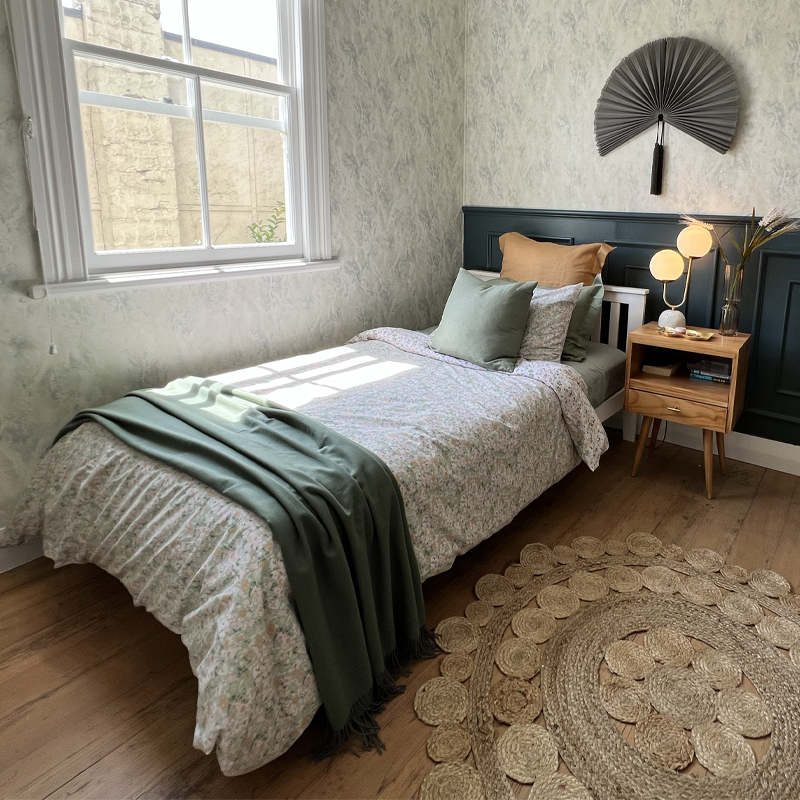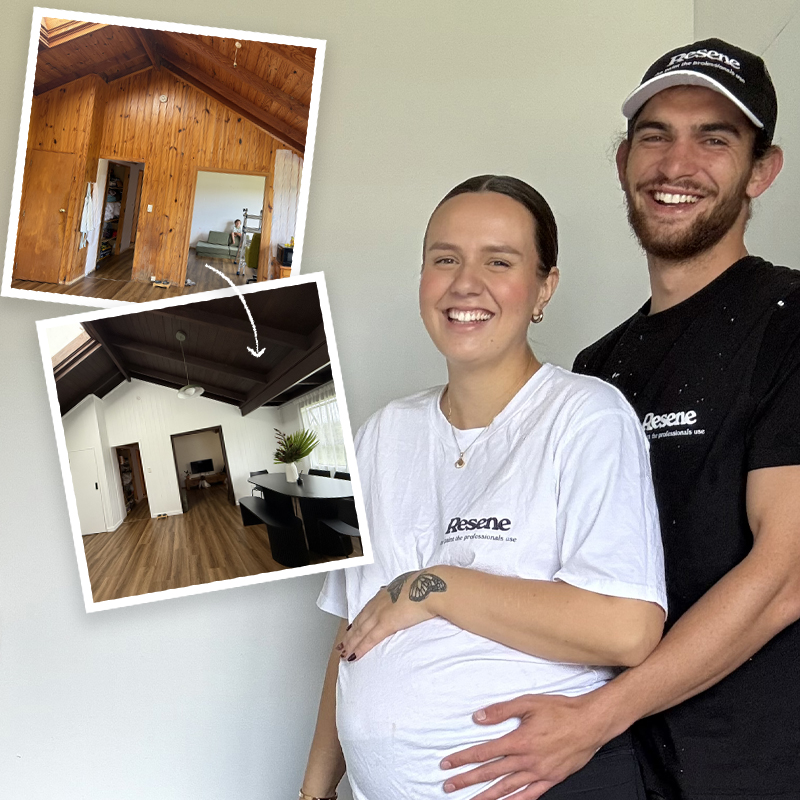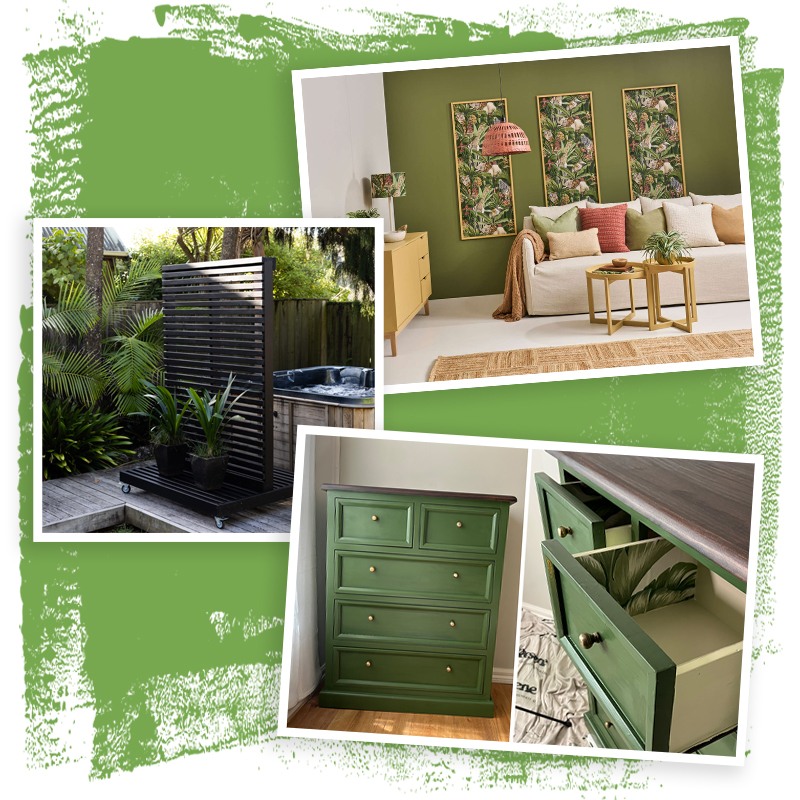Spend any time with Brenda Ngatai and you’ll never look at white paint the same way again.
That’s because the Resene North Shore Colour Consultant has worked for Resene for 16 years, so there’s very little the former model doesn’t know about colour – especially when it comes to the neutral end of the colour wheel.
“The first thing to know about the colour white is that there are many, many different types of white,” says Brenda.
She’s right: experts have, in fact, identified more than 150,000 different types of white. Within the Resene range, there are more than 100 white paints alone, let alone the ones that are close to white.
There’s a reason for white’s enduring popularity: “White can make a room look lighter and brighter as well as being a neutral backdrop for existing furniture and fittings,” says Brenda. “Plus, it never goes out of style.”
So popular are Resene whites and neutrals that they dominate the Resene top 20 paint colour list each year. “We’re talking timeless shades such as Resene Quarter Spanish White, Resene Black White and Resene Alabaster, which are just as popular today as they were when they were first introduced,” says Brenda.
What’s more, every two years Resene brings out a fashion range of colours that usually contains a few more shades of white.
With so much to choose from, deciding on the right white paint for your home can take a little time to get right. Brenda suggests starting with the location and type of house you’re dealing with.
“When I do in-home colour consultations, I start with the fundamentals – is it a new build or an old villa? Is it high on a hill with lots of natural light, or tucked into a valley surrounded by trees and therefore quite shady? Is it north or south facing? Does it have high or low ceilings? All those factors can affect the amount of light you’re getting and how much light will be reflected off surfaces.”
Warm or cool?
Something else to factor in is that white paint has varying levels of warm and cool tones, thanks to the yellow, green, brown or grey undertones, which can change the look and feel of the paint once it’s on the walls or ceiling.
“That’s why it’s critical to pick a white that brings the right kind of ‘cool’ or ‘warm tones’ to your interiors. Ask yourself if you want the space to feel cooler, crisper, warmer or brighter. Depending on the location and part of the house, using a cool white will generally give you a more modern look and feel, while a warm white will bring in a softer tone and feel.”
Cool whites tend to suit more contemporary interiors with lots of windows, rather than older homes with smaller windows and less-than-perfect walls. In contemporary spaces Brenda suggests Resene Sea Fog for the internal walls, doors, architraves and skirting boards, but not the ceiling, because that can create shadows. “Instead, opt for a crisper white such as Resene Alabaster on the ceiling for a calmer, softer feeling.”
In an older, darker house, such as a villa, it’s the opposite way around. Brenda would steer you towards a warmer white such as Resene Quarter Bianca for the walls and Resene Alabaster for internal doors, architraves and ceilings.
“A good rule of thumb is that red, orange, yellow and brown-based whites are good for rooms that need warming up, such as those on the south side of the house, while those with a touch of grey and some of those with green or blue undertones are good for taking the visual heat out of north-facing rooms.”
And don’t forget that different parts of the room can reflect light differently. “An off-white used under a window will look darker than the same colour used on the opposite wall, while an off-white used on the ceiling will look much darker than the same colour on the wall because there is less light reflected.”
Which is where strength variations come in handy. Resene has some white shades that come in up to six strength variations, which can help you build a tonal colour scheme. “Using a full strength on the walls and an eighth strength on your ceiling ensures the two are well balanced. An example is Resene Rice Cake on the walls and Resene Eighth Rice Cake on the ceiling, internal doors and frames and skirtings.”













